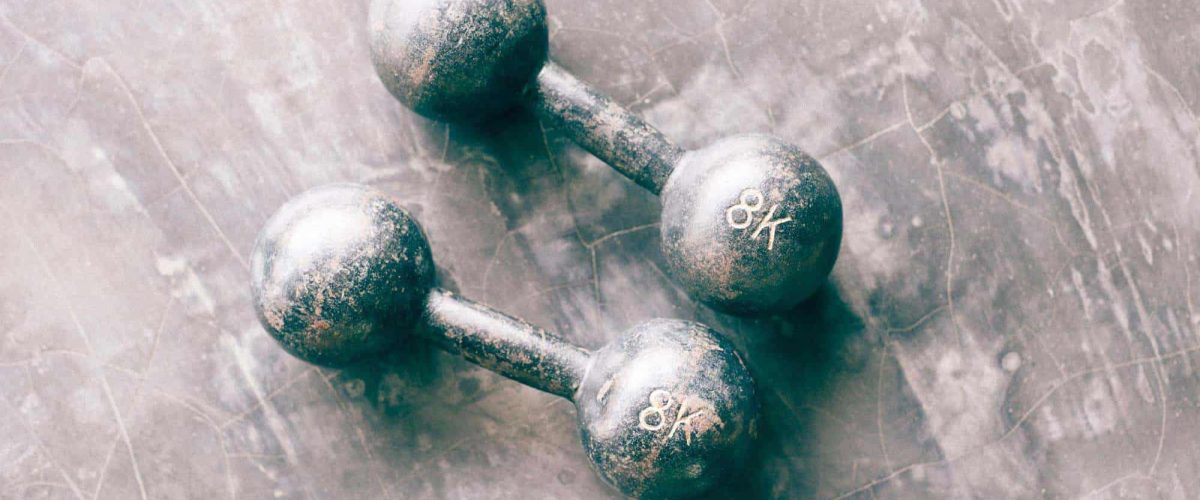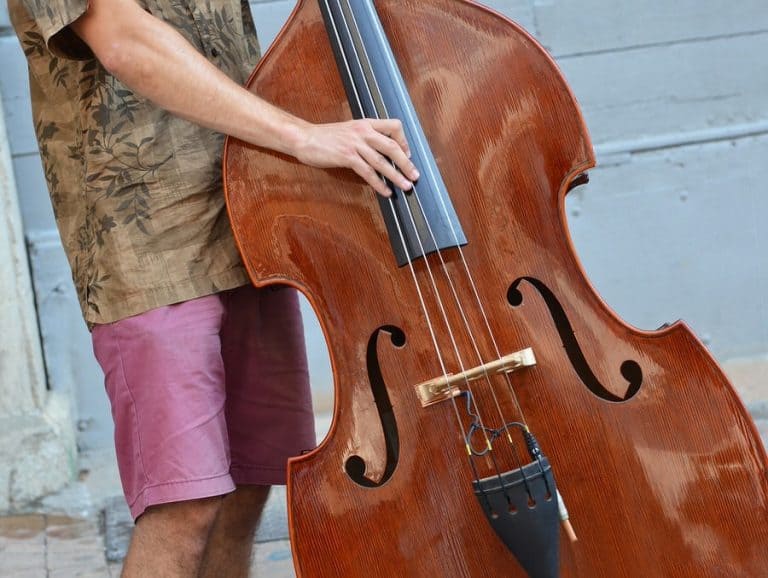Improve Your Double Bass Technique
Fix your Double Bass technique now...
Looking to get better at playing the Double Bass? Focusing on technique first makes all the difference. A strong technique is what makes any player great. Imagine trying to find an incredible Double Bass player without solid technique—pretty hard, right? In our ‘Beginner’s Guide To Learning The Double Bass’, this part about technique helps you grow fast and with ease. Dive in to see how it transforms your playing into something truly remarkable!

Daily Exercises
Many exercises are essential to gain a proper technique. Once you master these exercises, you’ll be able to play almost anything. That sounds like a grand statement, but don’t underestimate the word “master”!
If you work effectively at the basics, eventually you’ll be able to look at a section of music and be confident enough to learn it quickly. For each exercise there is a specific way to practise it; your practice is only as good as your form while you practise. So be disciplined about it and practise carefully! We all know that if you practise something you will become good at it, but if you practise incorrectly you only become good at playing incorrectly, and the consequently ingrained mistakes can be harder to correct.
There are various categories of daily exercise, and I usually expect my students to be regularly working on some or all of the following:

1. Scales
Scales are the building blocks of all music. Almost every melody is made up in parts from a scale. Almost every bass line follows a scale at some point. Almost every harmonic progression is built around scales. So you may not realise it, but listening to music means listening to many different scales, and playing music means playing many different scales. Most musicians are rather less than enthusiastic about that last idea, to say the least. But it really is that important.
By knowing your scales well, your muscle memory will instinctively know what scale is part of what melody, or bass line, or harmony (as double bassists we need to be proficient in all three!), and you’ll be able to play it more easily and more accurately as a result.
Scales also help a double bassist to develop technical proficiency as they grow inexperience. It is much easier to learn and teach the different left-hand positions by playing the scales that move naturally through them, giving the student a full understanding of which notes are in the same position and which require a shift, or movement, in the left hand. Then when our pieces require us to find these positions more quickly or to move rapidly between them, we are well prepared.
As you learn your scales, you will also become familiar with the different sounds, or tonalities, of the various major and minor keys. Since each piece is set in a key, this instinctive understanding of tonality will make it easier for you to play in tune- not always an easy feat on any string instrument!
You can also turn your scales into interesting bowing exercises by playing a different rhythm on each note as you go up. This can give you extra time to secure a tricky left-hand shift or provide an opportunity to practise a particular bowing technique such as spiccato, martelé, or hooked bowings.

2. Arpeggios

Each scale has its own arpeggio, and from the earliest stage, you should learn both at the same time to develop the best sense of the tonality of each key.
An arpeggio is the most important notes of each scale, usually played one after the other. These are:
The first note (or tonic)
The third note (or mediant)
The fifth note (or dominant)
So for example, in a C major arpeggio, if you are playing any note other than C, E or G you’re doing it wrong!
The gaps between the notes can make arpeggios more challenging, and in this way, they build upon the left-hand technique developed by practising scales.
3. Other Technical Work
In addition to scales and arpeggios, double bass players also spend time learning chromatic scales, dominant and diminished sevenths, and broken chord scales. Why?
Each of these different types of scale practises a different pattern, and each of these patterns will be found in the music you play, either as a soloist or in an orchestra or group. The more patterns in which you are proficient, the more confident and fluent your playing will be- not just in these exercises, but in everything you undertake.
4. Studies
From practising “finger tricks” in your first lessons to dazzling feats of virtuosity, studies are an opportunity to put your hard-won technical skills into musical action!
Each study you play will support a new technical skill and challenge you to develop its application across a longer, less predictable form than scale-based technical work. As a result, although they are challenging, many musicians find them much more interesting to play!
Franz Simandl’s New Method for the Double Bass is a good introduction to learning studies that will take a student from beginner to advanced playing with secure technique. For more advanced students, I also recommend Simplified Higher Technique by Petracchi. Finally, Annibale Mengoli’s Twenty Concert Studies for the double bass are truly inspirational!
General Double Bass Technique

Whether you sit or stand to play, a secure position with good posture is vital to avoid discomfort or even injury. As in all things, it’s essential to acquire good habits from the start.
Standing Up
Many double bass players prefer to stand to play, especially popular or jazz musicians and classical soloists. The most important point to be aware of is to support the double bass with your body, which leaves your hands free to play the instrument.
Adjust the endpin (or “spike”) of the double bass so the first position is at roughly eye level and you can easily reach to bow the strings without stretching. Imagine the spike of the double bass and your two feet as a tripod. You may find it easier to approach the double bass side on, supporting the back and rib with your lower body. Keep your back straight and try to hinge forward from the hips as you play, rather than hunching your shoulders.
Sitting Down
First of all, you need to find something to sit on! This can be akin to the Quest for the Holy Grail… A suitable stool will have its seat at about hip height (the same as the saddle of a bike), and enable you to place both feet flat on the floor while sitting on its edge. Again, adjust the spike of your double bass so that first position is at about eye level, and turn the double bass slightly in your lap so that the back of the instrument is lying along the inside of your left leg. This will enable you to bow on the lower strings without hitting yourself in the knee! Sit upright and hinge forward from the hips when you play, rather than hunching your shoulders.
You will find that a seated position usually results in a more stable posture, which is especially helpful for those at an early stage of learning. If you want to play in an orchestra at any point you will also need to be comfortable playing in a seated position.
Improve Your Double Bass Technique - Summary
Most things in life work well when you take the time to plan them. Playing the double bass, and improving your technique, is no different. Challenge yourself on a daily basis- and remember that building a strong technique is the foundation of your playing. The time taken here will make your life easier down the road…
About the Author
Hugh Richardson
Hugh Richardson is a bass player and writer currently based in London, UK. Recently, he has been busy playing on West End shows and tours including Bat Out Of Hell The Musical, Kinky Boots and Priscilla. When he's not performing, he is probably teaching or spending time perfecting his table tennis game!
You can find out more about Hugh from www.onlinebassguitar.com
Other posts by this author
You can find out more about Hugh from www.onlinebassguitar.com
What’s Inside The 4 Feature Friday E-mail?
Every week, on a Friday, I send out the 4 Feature Friday e-mail. It’s an easy idea that is made up of four excellent things I”ve uncovered that week.
As long as it’s music relevant, it could end up in the email. Brand new tunes, tips, products, reviews – nearly anything at all.
But you’ll only receive a copy of the email if you gain access below.
Read the next post in this series:




